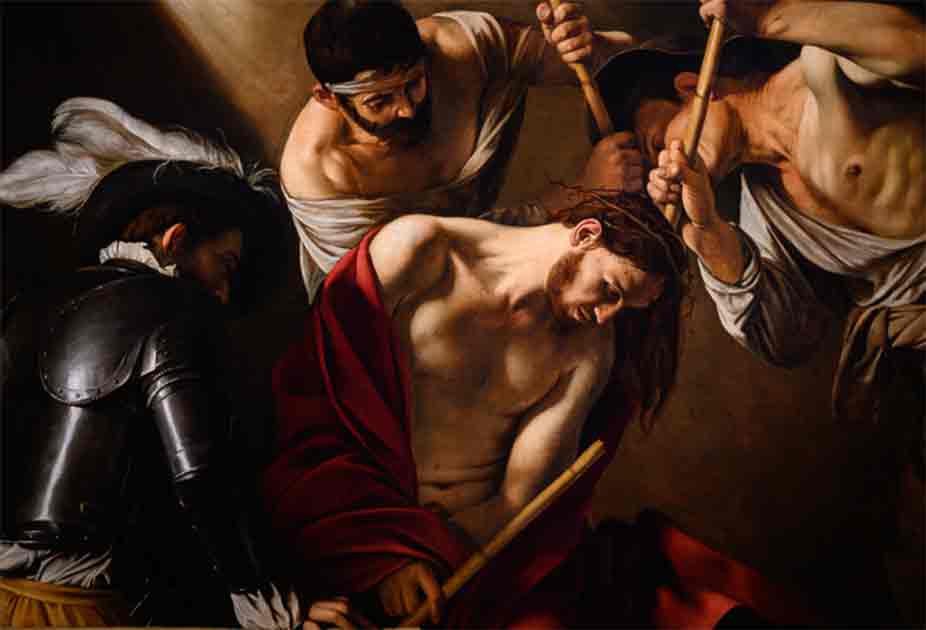Caravaggio, The Artist Who Died For His Art (Video)
Caravaggio, the charismatic artist of the Baroque era, left an undeniable mark on the art world with his revolutionary chiaroscuro technique, which brought an unparalleled depth and drama to his paintings. However, his life was as tumultuous as his art was transcendent. Caravaggio's penchant for trouble often led him into violent altercations and associations with unsavory characters, earning him a notorious reputation in Rome.
- Women Scrapping with Swords and Pistols: Famous Female Duels
- The Renaissance: The ‘Rebirth’ That Changed the World
Despite his artistic genius, Caravaggio's volatile nature frequently landed him in trouble with the law. His tumultuous lifestyle, marked by brawls and excess, eventually caught up with him. In 1606, he was involved in a fatal duel that resulted in the death of a rival, forcing him to flee Rome and live the rest of his life as a fugitive.
Caravaggio's death in 1610 remains shrouded in mystery, with theories ranging from illness to assassination. Regardless of the circumstances, his demise served as a tragic conclusion to a life defined by artistic brilliance and personal turmoil. Caravaggio's uncompromising dedication to his craft ultimately became both his greatest triumph and his tragic downfall, immortalizing him as much for his art as for the tumultuous life he led.
Top image: The Crowning with Thorns (c. 1603) by Michelangelo Merisi da Caravaggio (1571–1610). Kunsthistorisches Museum (Art History Museum) in Vienna. Source: Adam Ján Figeľ/Adobe/Stock
















